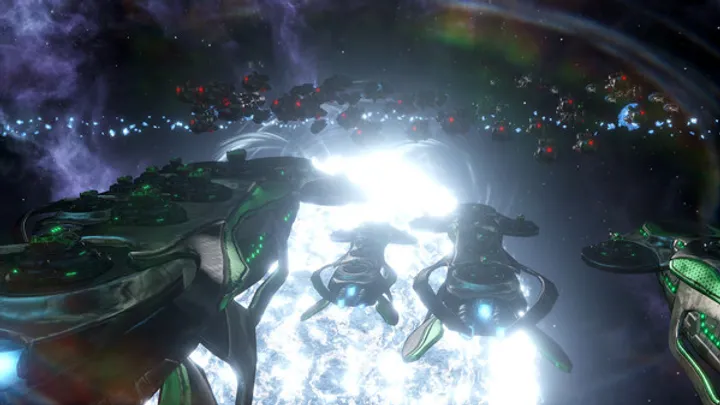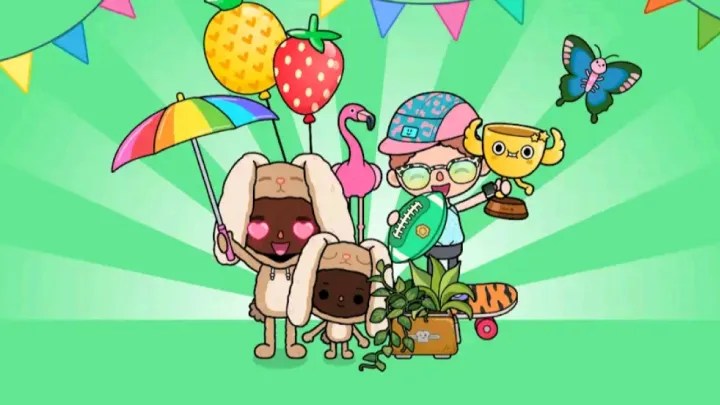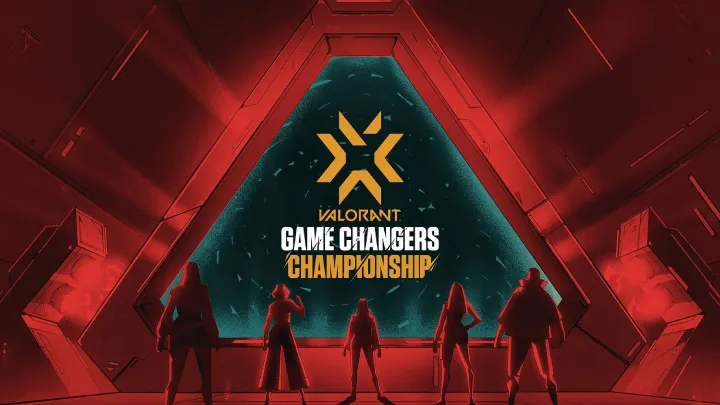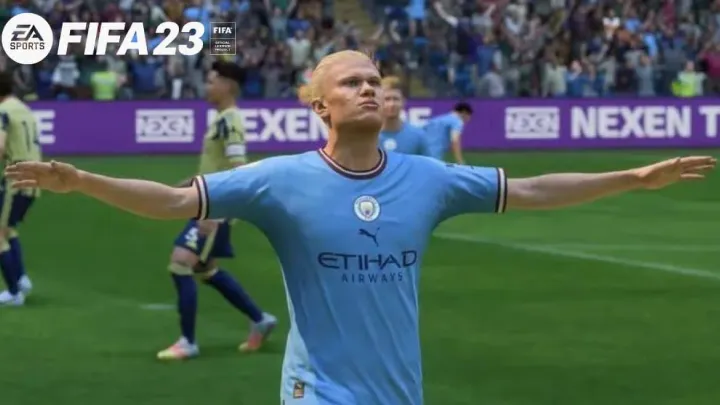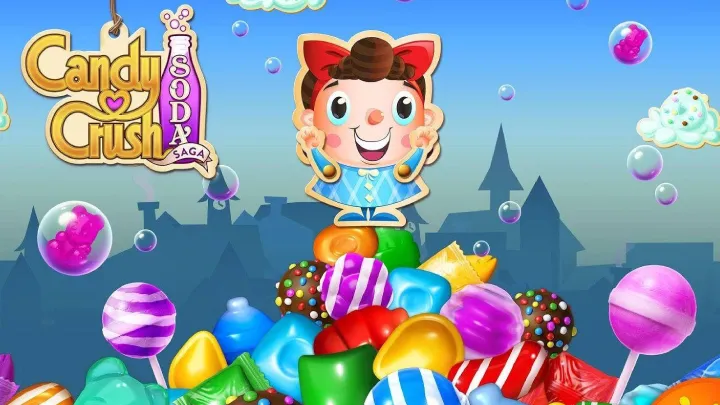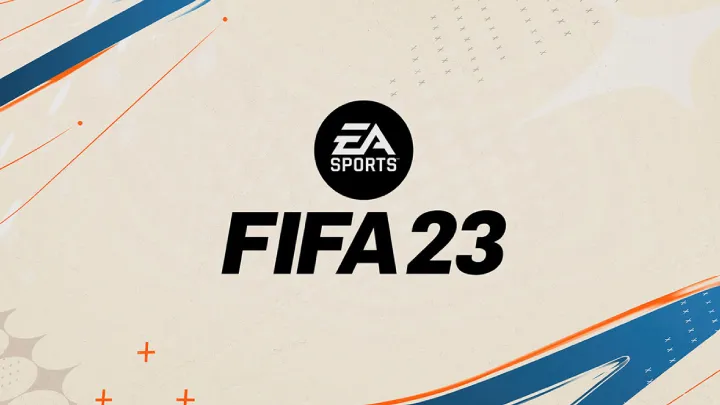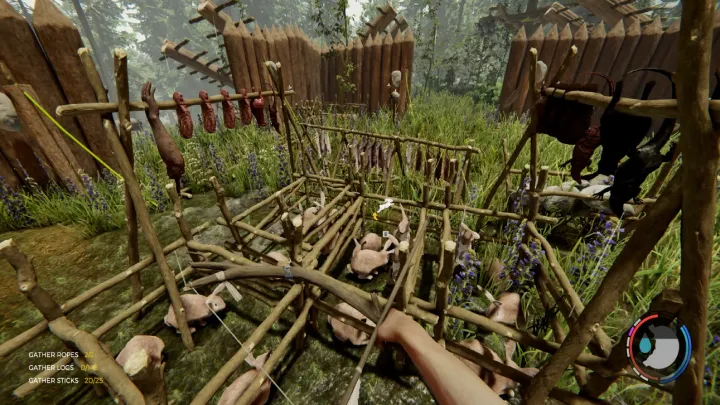Roblox thrives on creativity, offering countless user-generated worlds. Among them, Grow a Garden stands out with its peaceful yet engaging concept: plant seeds, water them, nurture crops, and slowly build a thriving digital garden. On the surface, it is simple, even therapeutic — a welcome break from Roblox’s chaotic obbies and high-octane simulators.
Yet beneath its calm atmosphere lies a central issue that many players have felt: the grind. Progression in Grow a Garden is tied to patience, repetition, and persistence. While grind-based systems are common in Roblox simulators, Grow a Garden pushes players into a loop that can feel more punishing than rewarding. For some, this endless cycle of watering, waiting, and harvesting is relaxing. For others, it becomes an obstacle that drives them away.
This article will dissect the grind problem in Grow a Garden, exploring how it manifests, why it frustrates players, and what it means for the game’s future within Roblox’s ecosystem.
1. The First Plant: Early Game Wonder
When a new player enters Grow a Garden, the experience is magical. Seeds are planted with a click, colorful sprouts emerge, and harvesting feels satisfying. The garden starts small, but the promise of expansion motivates players.
For beginners, this early stage strikes a perfect balance: the wait times are short, resources are manageable, and upgrades feel within reach.
H3: Early engagement
- Fast feedback loop: seeds sprout quickly.
- Satisfying visuals: watching plants grow creates joy.
- Hopeful progression: players see potential for a grand garden.
But this balance is temporary. As the garden expands, so does the grind.
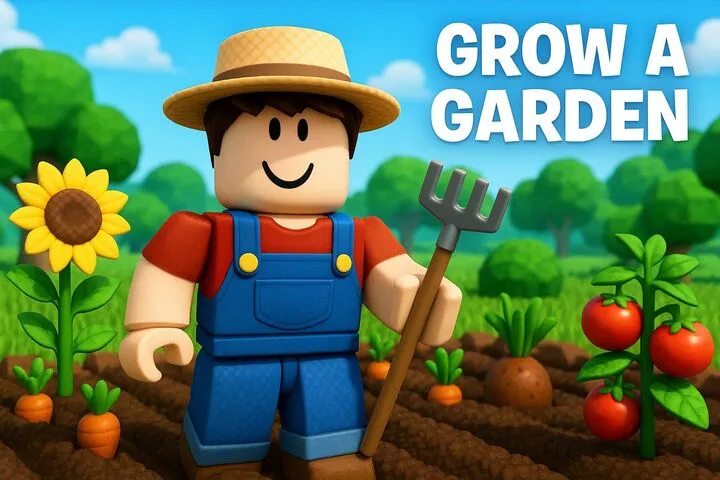
2. The First Wall: Time Locks Appear
After the initial excitement, players hit their first major wall: time locks. Crops begin to take longer to grow, and without upgrades, progression stalls.
This is the moment players realize that Grow a Garden is not about instant gratification but long-term patience. Some embrace this pace, but many Roblox players — used to fast simulators — begin to feel restless.
H4: Common frustrations at this stage
- “Why does this crop take so long?”
- “Do I have to log in every hour just to water?”
- “Why does expansion feel so far away?”
The grind has only just begun.
3. Currency and Upgrades: The Squeeze
The in-game currency system is tightly bound to grind. Players must harvest crops to earn money, which is then reinvested in better tools, watering cans, or garden expansions.
At first, the economy feels fair. But as costs rise exponentially, upgrades begin to feel out of reach. A single new seed type may require hours of repetitive farming, and expansions demand days of patience.
The illusion of freedom
- Choice exists (which upgrade to buy first),
- But the path is fixed (all players must grind through the same bottlenecks).
This economic squeeze intensifies the grind, leaving casual players behind.
4. The Patience Divide: Casual vs. Dedicated
By mid-game, a divide forms in the community. Dedicated players embrace the grind, logging in daily, carefully optimizing resources, and treating the wait as part of the fun. Casual players, however, feel excluded.
H3: Two player experiences
- Casuals: log in, plant, water, leave — progress feels minimal.
- Dedicated: min-max growth cycles, push upgrades, show off massive gardens.
This divide creates a sense of inequality in a game that, on the surface, appears cozy and welcoming.
5. Social Pressure: The Multiplayer Comparison
Because Roblox is social, Grow a Garden amplifies the grind problem through comparison. Players can see each other’s gardens, and the difference between a beginner’s patch of carrots and a veteran’s lush paradise is stark.
H4: The psychology of comparison
- Beginners feel inadequate.
- Veterans reinforce the grind by showing off.
- Motivation turns into pressure.
The social aspect, instead of uniting, often divides players into tiers of “garden wealth.”
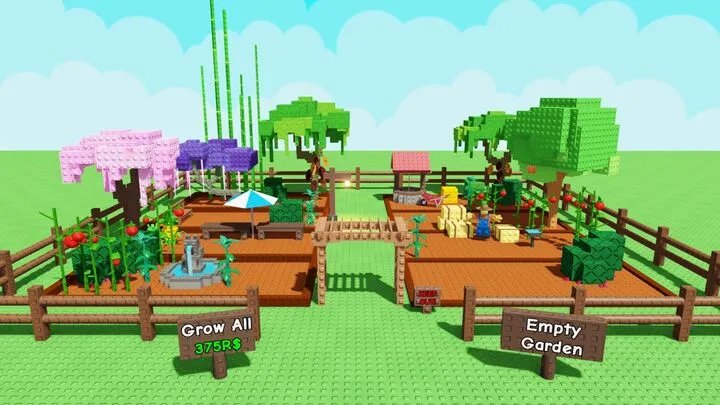
6. Monotony of Mechanics
At its core, the loop in Grow a Garden remains unchanged: plant, water, wait, harvest, repeat. Unlike some Roblox simulators that introduce variety through mini-games, challenges, or alternate goals, Grow a Garden leans heavily on repetition.
Why monotony matters
- Early fun dulls when there’s no new mechanic.
- Upgrades don’t change gameplay, only numbers.
- Waiting feels passive, unlike active challenges in other games.
This monotony magnifies the grind, as players are not only waiting but repeating the same actions endlessly.
7. Monetization and the Grind
Like many Roblox games, Grow a Garden includes monetization options. Players can purchase boosts, faster growth, or premium seeds with Robux.
While monetization keeps the game alive, it also makes the grind feel intentional. Players who pay skip bottlenecks, while free-to-play users face extended grind walls.
H3: The pay-to-skip dilemma
- For paying players: grind feels optional.
- For free players: grind feels mandatory.
- For developers: grind becomes a monetization strategy.
This creates a cycle where grind is not just gameplay, but business design.
8. The Mental Shift: From Fun to Chore
Eventually, many players describe Grow a Garden not as fun, but as a chore. Logging in to water plants feels more like an obligation than play.
This mental shift is critical. When a game transforms into an unpaid job — with strict timers and repetitive actions — players disengage. Roblox offers too many alternatives for them to remain trapped in a joyless grind.
H4: Warning signs of “chore gameplay”
- Logging in feels like duty, not desire.
- Players multitask (watching YouTube while waiting).
- Quitting begins to feel like relief.
9. Community Reactions
The grind problem is a recurring topic in Roblox communities. Some players defend it as part of the gardening fantasy, while others call for reworks.
Common suggestions from the community
- Introduce mini-games for watering or harvesting.
- Add events to break the cycle.
- Create faster early progression to keep casuals engaged.
- Balance monetization to avoid punishing free players.
The divide mirrors the player base itself: veterans defend the grind, while newcomers criticize it.
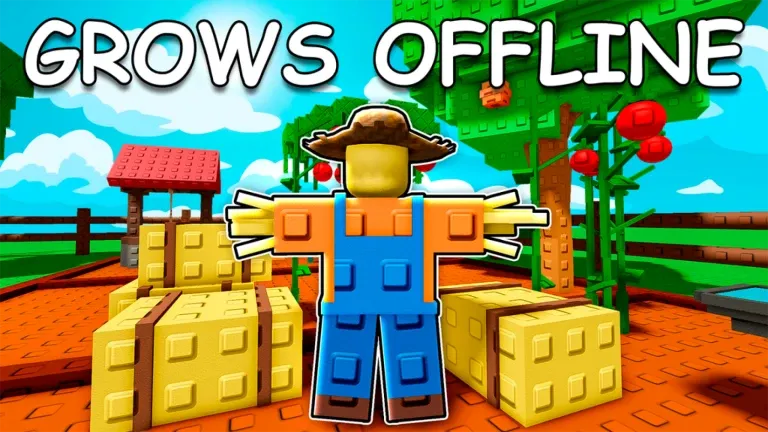
10. Reflection: Can Grind Be Beautiful?
The grind in Grow a Garden is not purely negative. For some, it is therapeutic. The slow pace allows players to unwind, chat with friends, and enjoy the visual beauty of their gardens.
But the question remains: can grind be designed to feel meaningful, not punishing? The answer may lie in player agency. If players feel their choices matter — which crops to grow, how to decorate, when to expand — the grind transforms into creativity. If it’s just waiting for timers, it becomes a wall.
Possible solutions
- Shift focus from numbers to expression (more garden design tools).
- Offer varied progression paths (decorators, farmers, collectors).
- Reward short sessions, not just endless patience.
The grind is not inherently bad. But in Grow a Garden, its current design risks alienating the very players it could soothe.
Conclusion
Grow a Garden begins with wonder but quickly tests players with its grind-heavy progression. Time locks, economic bottlenecks, repetitive mechanics, and monetization strategies turn gardening into a chore for many players. While some thrive on the dedication required, casual players often burn out, creating a divided community.
The grind problem is not unique to this game — it reflects a broader Roblox design philosophy where patience is both a gameplay mechanic and a monetization tool. The challenge for Grow a Garden is to reshape its grind into something meaningful, turning obligation into creativity, and waiting into joy.
Only then can the game truly bloom.








